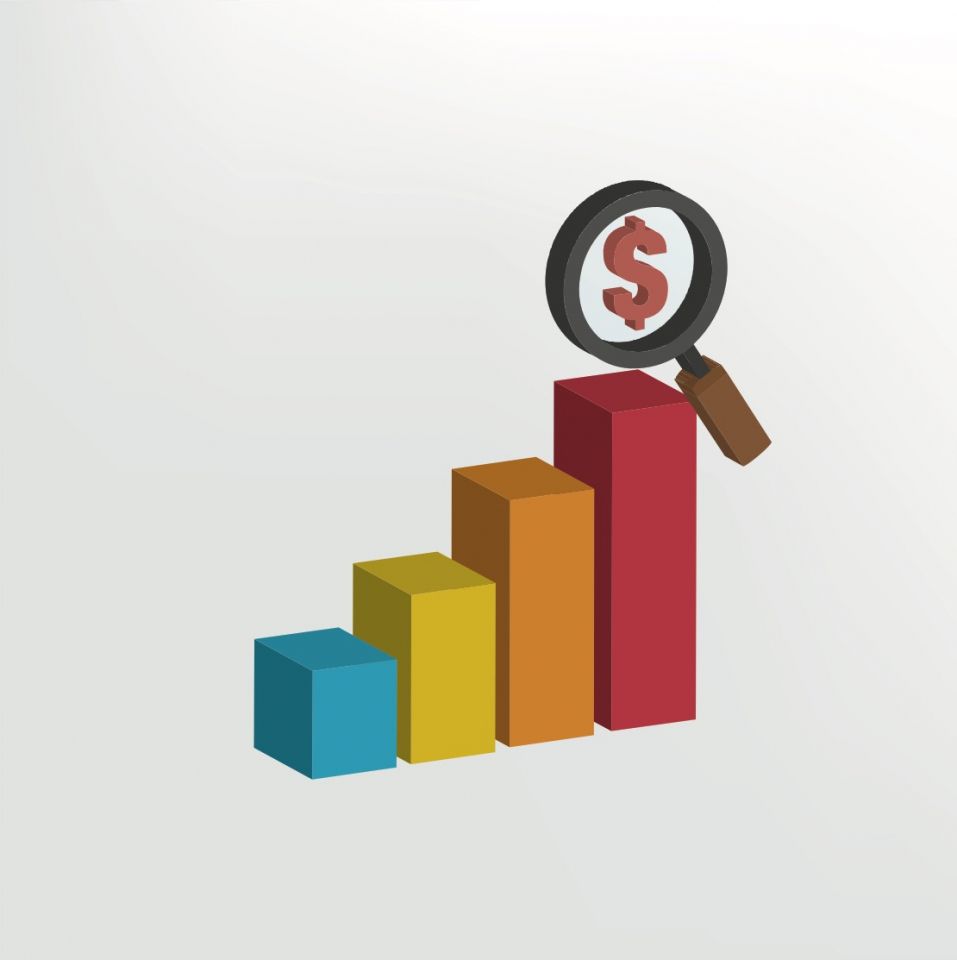What is a stub?

A stub period refers to a short or partial period in a swap or loan, or coupons on a bond. When the asset has a recurring payment schedule, but the first or last period is shorter because it was traded mid-payment, this short period is known as the stub.
Key takeaways
A stub period is a short or partial period in swaps, loans, or bond coupons that occurs when assets with recurring payments are traded mid-cycle, making the first or last period shorter.
When buying or selling bonds, the period between the trade date and next coupon date becomes the stub period, with interest payable calculated on a pro-rata basis.
The stub coupon payment amount is lower than standard coupons, determined by pro-rata calculation using the bond's interest rate and the specific timeframe between purchase or sale date and next coupon.
Similar pro-rata calculations for irregular payment periods also apply to other financial products like mortgages and car loans.
Where have you heard about a stub?
Whenever you buy or sell a bond, the period between the trade date and the next coupon date is known as the stub period. The interest payable on the stub is calculated pro-rata. It’s a similar calculation when you have an irregular payment period on your mortgage or car loan.
What you need to know about a stub.
Some bonds have a first or last coupon period that is shorter than the standard coupon period: this is known as a stub period. This will occur when you buy or sell a bond on a date that is in the middle of a regular coupon period. The amount paid on the stub coupon period will be lower than than the standard coupon, depending on the length of time between the purchase or sale date and the next coupon date. It’s determined using a simple pro-rata calculation and the interest rate of the bond you own.